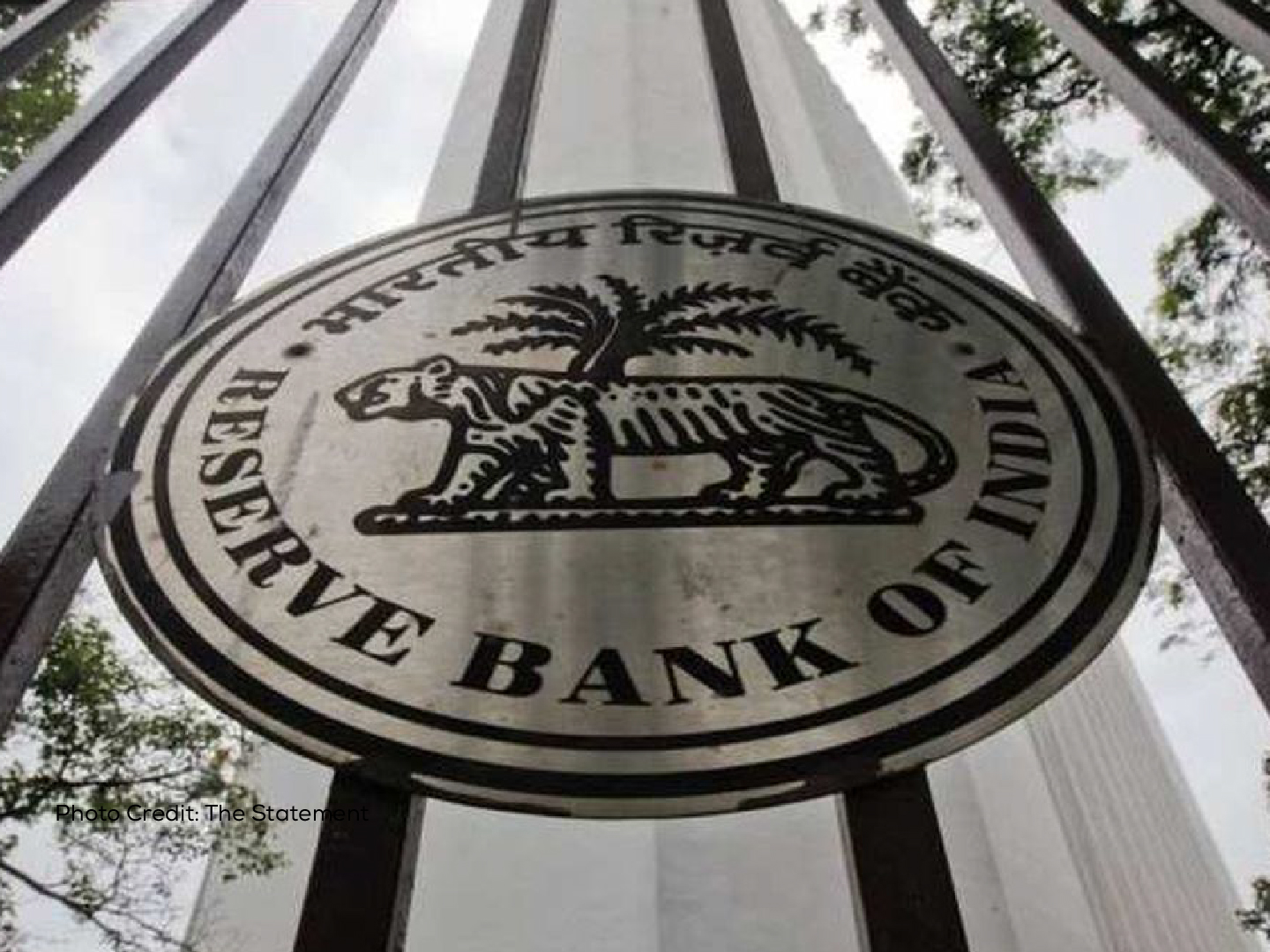Search
SMB’s path to improving compliance via digitalization
May 09, 2022

The e-invoicing system for B2B transactions was first made required for organizations with a turnover of over ₹500 crore in October 2020. In the subsequent stage, it was stretched out to organizations with a turnover of over ₹100 crore from January 2021, and most as of late, it was commended for firms with a turnover of more than ₹20 crore from April 1, 2022.
Fundamentally, e-invoicing has normalized the configuration of computerized solicitations gave for labor and products. Expanding its degree continuously has furnished the Indian government with a genuinely necessary straightforwardness to control tax avoidance and ITC extortion while at the same time supporting the simplicity of carrying on with work.
Previously, no confirmation was given to the public authority when deals among merchants and clients were finished. Under the e-invoicing framework, the public authority can screen B2B exchanges where GST is pertinent and keep solicitations without an IRN from guaranteeing ITC.
Furthermore, since e-invoicing robotizes the return-documenting process, citizens never again need to do manual estimations while recording GSTR. This diminishes the gamble of blunders or false solicitations, controls tax avoidance, and fixes income spillage for SMBs.
For example, by far most of the Latin American states have ordered the utilization of e-invoicing as a financial control framework. The Latin American e-invoicing model is the most exceptional in its field and has quite added to decreasing tax avoidance.
Important Links:
- 4-IN-1 Professional Diploma in Banking, Financial Services & Insurance (PDBFSI): https://tscfm.org/courses/4-in-1-professional-diploma-in-banking-financial-services-insurance-pdbfsi/



